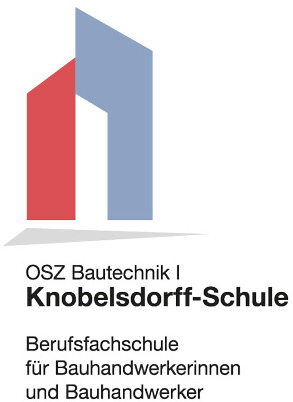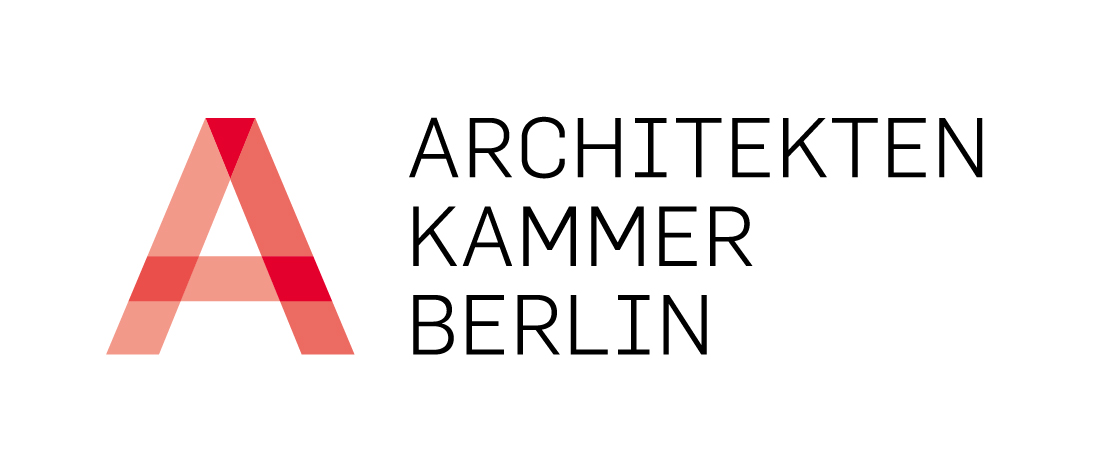20, 19 – 2026: bauhaus back to school
bauhaus reuse, re:bauhaus, “modernpunk” – modernity, pandemic and future.
On the occasion of the European Commission’s “New European Bauhaus”, based on Ursula von der Leyen’s speech of September 16, 2020 (link to video).
A reflection: 2020 would have been 2019. The Corona Year 2020 would have fallen on the Bauhaus Year 2019. Not only our lives, but also the whole discussion about the emergence of modernism would have been different; apart from the fact that some of the projects would have been cancelled or would have proceeded in a completely different way. In 2019 was also 100 years of pandemic – referring to the terribly deadly second in the winter of 1918/1919 and third wave in the second year of the Spanish flu. Where 1920 was the third year of the pandemic at that time, and also the last.
But this topic interested almost nobody last year, at least not the entire world population, not the world politics and also not the EU Commission – which currently builds the content-related bridge with the announcement to establish a “new European Bauhaus”, on the occasion of the 750 billion Corona reconstruction program “Next Generation EU”.
The 100th anniversary of the Weimar Republic was also in 2019, and that too came up short – but this creepy double anniversary of a new pandemic and the founding of the Bauhaus was remarkably narrowly missed. That leaves one stunned, and not just in retrospect. We knew a pandemic was one of the beginnings of modernism, and today we know almost exactly 100 years later the next one followed. The fact that modernism and the Bauhaus also developed after the Spanish flu is certainly a given when we look at the drastic effects of the pandemic today. After the devastation of WW I, the pandemic of that time was immensely devastating, not only in the death toll – with the lower estimate of 20 million alone, it killed more than the 1914-1918 war, not to mention the 50 million deaths at the moderate upper end of the estimate scale – it also had an immensely everyday effect. It is no speculation that one of the reactions to this was this flowering of innovation, including the affirmation of life in the 1920s, this dawning of a new modern age. Maybe we will experience something similar, maybe not. Well knowing that at that time already shortly thereafter Europe almost perished a second time by German hand.
But when looking back at 2019, it becomes clear that this perspective has so far been neglected; overall, when considering modernity and its formative impulses, the pandemic of that time was never in the foreground. This seems almost unbelievable when, in addition to the extreme death toll, one realizes that, for example, the wearing of masks in public areas and terms such as “social distancing” are not new measures or word creations of today, but actually originated 100 years ago. All the more astonishing, then, how difficult many people find it today – the last 100 years should at least be proof enough that these measures will not soon result in a political conspiracy. The terror of the Second World War and the Nazi rule came about in a different way. But this is also just one of many arguments against right-wing conspiracy theories, even if it is actually a pretty good one.
Let’s look again at the Bauhaus: not to be imagined if Corona and the Bauhaus Year 2019 had coincided. We would have, it can be assumed, not only discussed quite differently. Whereby, even from today’s perspective, it seems downright unserious that this context was no longer questioned. In all of these sources and in all of these photos that were and are cited broadly on the Bauhaus and modernism, there was actually no reference to the pandemic of that time. And even more: modernism and the Bauhaus stood for an improvement of living conditions, access to hygienic conditions and also the quasi motto “light, air, transparency” seems like an early slogan for the Corona measures. The demands for fresh air and sunshine certainly stood for the improvement of hygiene, against disease and infirmity. But no prominent or at least special concepts or positions from the circle of the Bauhaus or the modern protagonists stand out concretely on the subject of the pandemic, at least none that would have been brought to the center of attention publicly or professionally before or until now.
Astonishing with this simultaneous catastrophe of the century. Although there are historical facts that at that time, in order to combat the pandemic, there were, among other things, very far-reaching hygiene measures, school closures, the suspension of public transport and also historical photos show the wearing of masks as similarly remarkable effects on public institutions. At the Bauhaus in Weimar, but the epitome of progressive working and living conditions, it seems, was worked, researched, even photographed (not yet as a teaching subject), shared, celebrated and loved, that it seems in retrospect, as if there had been no particular pandemic threat.
Once we look back to 2020, the visibility of Corona will surely be more ubiquitous. But perhaps the obvious effects were already subsiding in 1919, another phenomenon we know today – right now the world is discussing the carelessness in dealing with the pandemic that could lead to a massive second wave.
One thing is certain: the blossoming and innovative power of the modernism of the 1920s and the Bauhaus were enormous and resulted not least from overcoming war, suffering and – above all – from the counter-design to rotten concepts in culture and society.
The fact that the pandemic demands new ideas in conception and design, and that developers, designers, and perhaps also architects are already in the starting blocks to fill this with concrete proposals and projects, can currently be heard and read in many different ways. But most of these approaches – apart from concrete hygiene and digital protection concepts – are not new, but were already more than urgent concerns for more sustainability, for the energy and mobility turnaround and for more circular economy, also for more digitalization, more social and ecological resilience with regard to climate change, migration and global inequality.
A new departure and a new innovative force, as at the beginning of the modern age, is thus not yet discernible in any case. Demanding and promoting this will not be enough. Otherwise, even an institute, no matter how obligingly endowed, will become an exclusive lighthouse on a wide arid field – the Bauhaus in Dessau with regard to the 1930s is the best example of this.
For this, a fertile field is needed in many places on which many institutions and actors can decentrally bring innovative things to bloom and above all – and only insofar as they connect and mutually reinforce each other – the actual momentum from society for a creative new beginning.
re:bauhaus, bauhaus reuse or new and european
The European idea as a basis is already very good, better than national solo efforts – but also with regard to the origin of modernity. We in Germany would be well advised to appreciate more our position in Central Europe, with a view to our Eastern and Central European neighbors, and to finally discard outdated East-West schemata.
In this Central European constellation, after all, a good part of the flowering of modernism grew 100 years ago, such as functionalism; also an aspect that has unfortunately been somewhat neglected in 2019.
Thus, exciting will be to see how much of the billions will arrive where the connection between the dawn of modernism and the necessary innovations in the post-Corona era is actually made. This is where the established institutions, universities and initiative projects come in handy, working on the cultural and architectural context of modernism and combining it with current issues and creative formats on the current challenges.
A great spin would be, for example, after Corona and in view of “Bauhaus 2026”, i.e. 100 years of the Bauhaus School in Dessau, to begin to rethink anniversaries and initially proclaim a motto “Bauhaus back to school” for a period until 2026: in order to rekindle this innovative power in the mirror of modernity through a workshop process over several years and with a multitude of actors – and thus incidentally to escape the persistent view of the past or the pure heritage and museumization.
In 2019, the transnational festival re:bauhaus deliberately focused on the development of modernism in Central Europe – in order to also see the Bauhaus embedded in the genesis of modern societies within a European framework. The BHROX bauhaus reuse was re-established or newly founded in 2019 as a transdisciplinary center, with the initial theme of heritage of modernity and future of city and society, to focus especially on public dialogue and creative development.
By the way, to approach this in public space in a transparent and open building as a platform has proven to be beneficial especially under corona conditions – the bauhaus reuse is amazingly corona resilient. The transparency on all sides alone is suitable for addressing a larger audience on site, even with distance requirements or people restrictions. The wide glass double walls, with the arrangement of the façade elements already pre-installed, allow various constellations to provide the necessary security between lecturers or performances and the spectators*. The versatile openability offers the possibility to include the outside space or to walk through the building with sufficient “social distancing” from all directions and provides a constant natural air exchange. The switchable space can be divided into separate areas or easily converted as a studio for digital transmissions. This opens up other perspectives not only spatially but also in terms of content – it stimulates new concepts and performative works.
With the current question of how we deal with modernity – after modernity and in modernity – with its unfinished projects, we experienced the onset of the pandemic almost as a consequent intensification of this theme. Especially in relation to the future designs of modernity, which were found and further developed in science fiction, often in dystopias instead of utopias (keyword “cyberpunk”), and later had an effect back or find frighteningly real and current equivalents today. Under the working title “modernpunk”, this will occupy us all the more at the BHROX bauhaus reuse in the future program, especially with regard to the innovative potential it contains for pressing questions about the future.
Robert K. Huber | zukunftsgeraeusche GbR / BHROX bauhaus reuse | 2020





